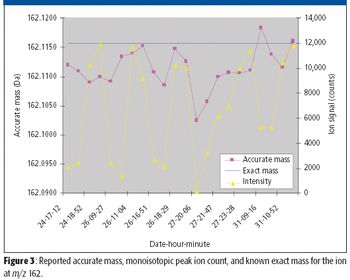
Special Issues
With electron ionization (EI) used in most gas chromatography–mass spectrometry (GC–MS) applications, the molecular ion typically is broken apart into multiple fragment ions during the EI process.

Special Issues
With electron ionization (EI) used in most gas chromatography–mass spectrometry (GC–MS) applications, the molecular ion typically is broken apart into multiple fragment ions during the EI process.

Special Issues
In drug discovery, determining information about the extent of metabolism and the elucidation of metabolite structures is a vital step for lead optimization and drug scaffold refinement. The identification and characterization of metabolites plays an important role in both the drug discovery and development phases, as unsuitable pharmacokinetics (bioavailability and drug distribution), toxicity, and adverse drug reactions might be linked to metabolic instability. Historically, metabolite identification was carried out after a compound had been chosen for drug development. However, to reduce candidate failures attributed to toxicity effects, many pharmaceutical companies now conduct these experiments in the earliest phases of candidate drug selection.
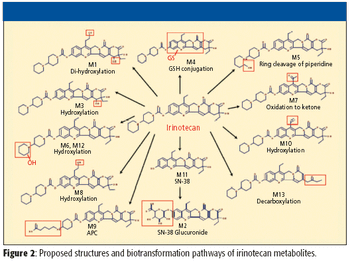
Special Issues
In this article, the authors evaluate the use of multiple mass defect filters on metabolite identification data from a hybrid mass spectrometer. The study also investigates the use of higher energy collisional dissociation for structural elucidation in metabolite identification experiments.
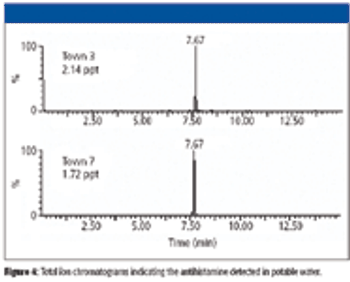
Special Issues
Specific purity requirements are set for water sources, whether we deal with waste, ground, surface, or drinking water. Water quality is key, and it is becoming a focal point for an increasing number of communities worldwide. Water quality determines the use of a body of water such as for manufacturing, farming, fishing, and human consumption. The reason to strive to maintain or improve a given body of water is to preserve or upgrade its quality, because once this quality degrades, so does its value.
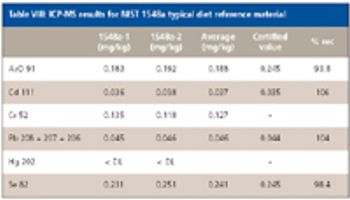
Special Issues
The determination of inorganic elements in food substances is critical for assessing nutritional composition and identifying food contamination sources. The inorganic elements of interest can be divided into two classes: nutritional and toxic. It is important to determine the levels of both sets of elements accurately to assess both the nutritional and the harmful impacts of food substances. Nutritional elements such as Mg, P, and Fe are present at high levels (milligrams per kilogram), while toxic elements such as Pb, Hg, and Cd should be present only at trace levels (nanograms or micrograms per kilogram).
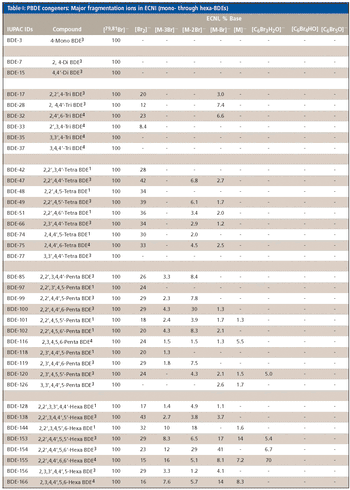
Special Issues
Detrimental health effects of a group of brominated flame retardants, polybrominated diphenyl ethers (PBDEs), have been recognized recently, but only after their wide usage and consequently, global dispersal. Of the possible 209 PBDE congeners, 39 (varying in degree of bromination from mono to deca) have been identified previously in the three common technical mixtures. Additional congeners, presumably debromination products of the fully brominated decabromodiphenyl ether (BDE-209), also have been reported in biotic and abiotic environments. However, costly analytical standards are needed to confirm their identification. In addition, the most widely used identification approach, electron ionization (EI) mass spectrometry (MS), primarily produces spectra indicating only homologue grouping (for example, hepta-BDE). Without specific compound identification, full assessment of toxicological consequences of PBDE burdens is impeded. It has been reported previously that electron-capture negative ionization (ECNI),..
